1950s Fashion with Stylish Options: A close look at the periods referenced by fashion, which is in a continuous cycle of development, change and return. Our tenth stop is the 1950s, which embraced many new styles.
Fashion refers to currently popular clothing styles. It always evolves and changes and returns to the beginning. Every style and trend in fashion is recalled from an absolute time or era. That is why it is very important and valuable to have an idea about the history of this evolution.
When you get an idea about a person, you also learn about his style. While reading the history of humanity, it is inevitable to take a look at the history of fashion.
In this series of articles, we will take a closer look at the periods that fashion uses as a reference. Enjoy reading..
1950s Fashion with Stylish Options
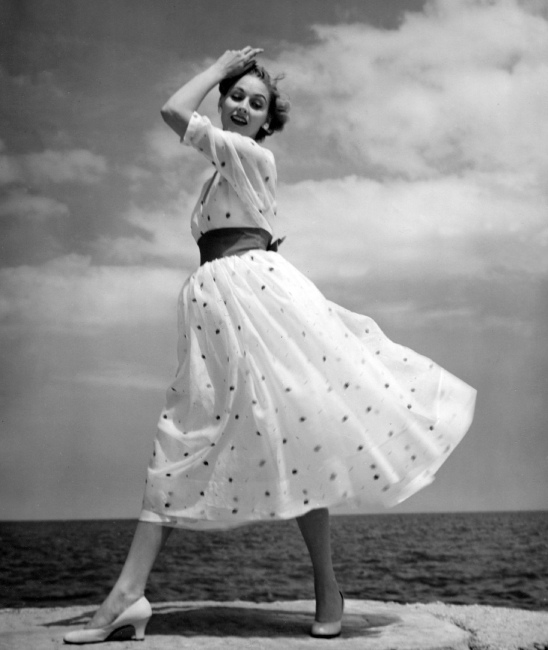
Fashion rarely fits into a decade, and the popular look that dominated 1950s women’s fashion debuted in the late 1940s. When Christian Dior introduced the ‘New Look’ in February 1947, it was met with immediate success; This new silhouette with a zipped crinoline at the waist remained the leading style until the mid-1950s. As the decade progressed, the dominant silhouette increasingly flattened and thinned, and the elegance and formality of the early decade began to fade as fashion looked to new youth for inspiration.
As the 1950s began, resistance to the excesses of the New Look also disappeared, and the silhouette’s influence was reflected in both women’s casual wear and evening wear. Dior also enriched its designs with details such as structured collars, while following this feminine line that it created. While the form remained popular until at least the end of 1954, the shoulders became a little softer, the hips a little more rounded, and the hem lengthened.
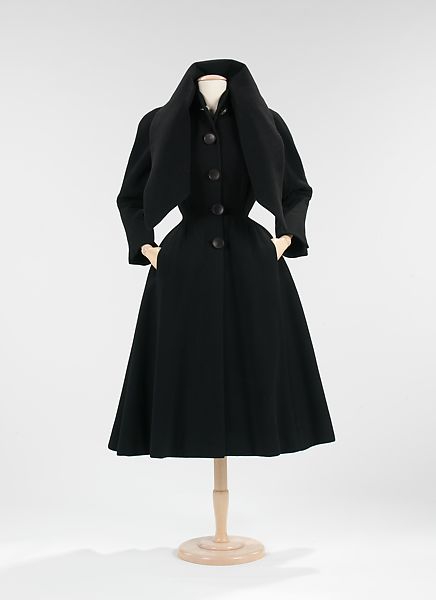
Although the silhouette has evolved, the design roots of evening wear, casual wear and separate pieces originated from here. The common point between the dress introduced by Hubert de Givenchy, one of the most important designers of the period, in 1953, the Clover Leaf dress of Charles James and the experimental form of Cristobal Balenciaga was undoubtedly none other than the New Look.
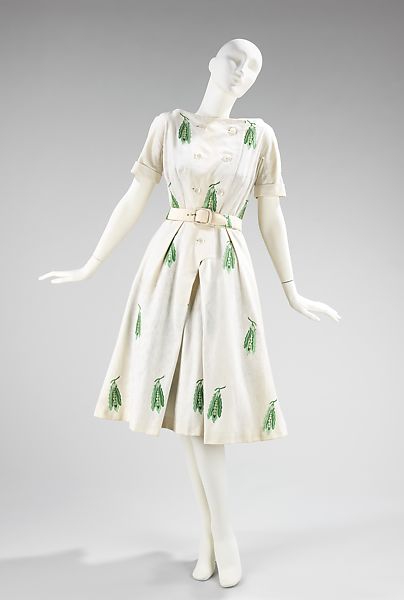
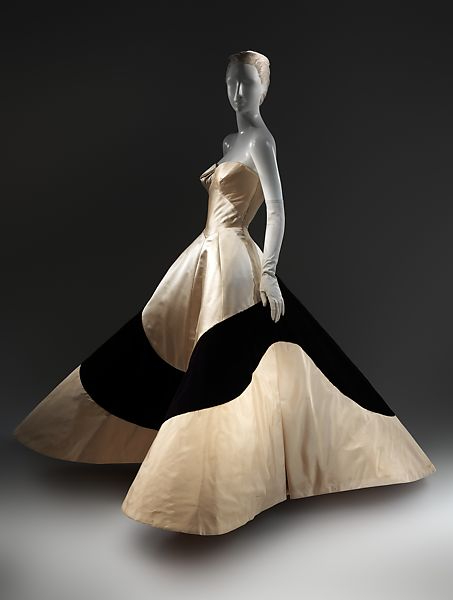
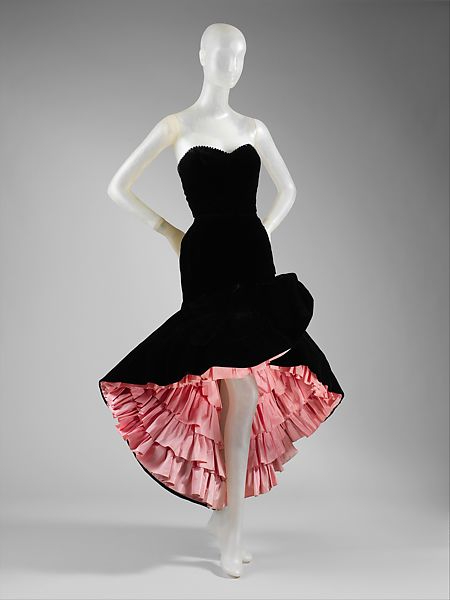
Still, although the look is ubiquitous, it wasn’t the only look popular with the 50s. In fact, the most striking main idea of this decade was the wealth of stylish options. It could be observed that the styles of two equally fashionably dressed women walking on the street were quite different from each other; one could wear a body-hugging dress, while the other could fling her skirts.
The reason these options diversified was because new designers such as Cristobal Balenciaga, Charles James and Hubert de Givenchy designed different silhouettes and started to transform the decade. And as the decade progressed, the forms began to narrow. Introduced at almost the same time by Chanel, Dior and Balenciaga, the straight-cut suit was shaped over the natural figure of the woman, unlike the New Look. So much so that each designer crowned the second half of the decade with very different styles than the first half, without hesitation to add new dimensions to this flatness and narrowness with their own design language.
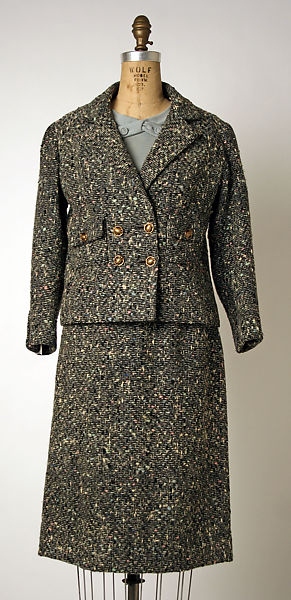
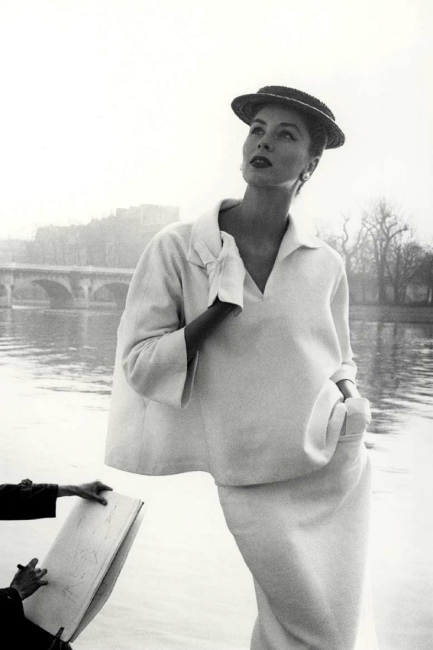
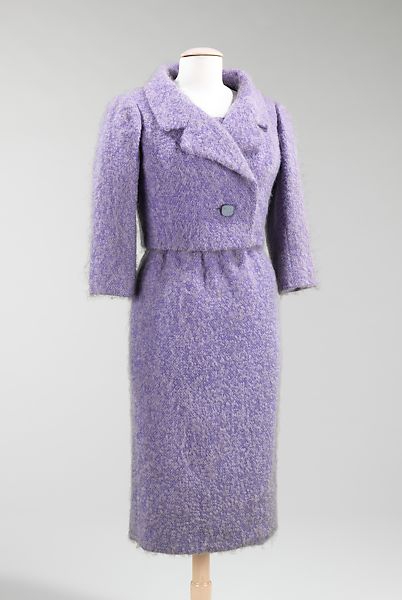
The sportswear craze continued as designers such as Dior, Balenciaga and Charles James brought to life extraordinary couture pieces. American designer Claire McCardell, who rose to prominence in the 1940s, introduced capri pants with matching tops while continuing to produce the popular wrap dress. While 1950s fashion generally embraced elegance, young women turned to McCardell and other sportswear designers for less formal wear, such as halter dresses and swimsuits.
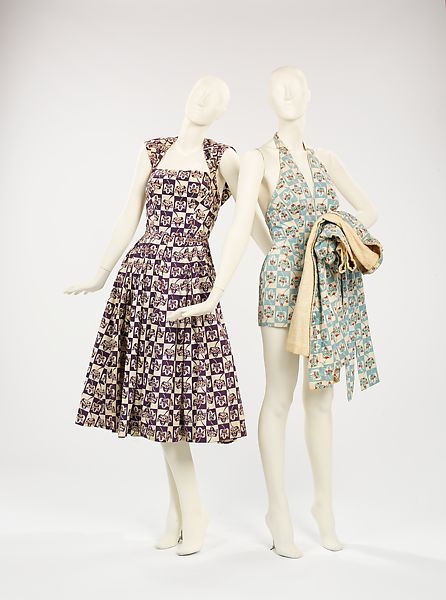
The enduring image of 50’s daily life was the ‘poodle skirt’. The skirt, which is named after the design of Californian Juli Lynne Charlot, was a felt skirt with a round cut and patterned embroideries on the top – not just the dog. Combined with a tightly woven knitwear or shirt, the skirt was more sporty than the haute couture line of Paris, yet it had a look that followed the New Look with the crinoline, revealing the waist.
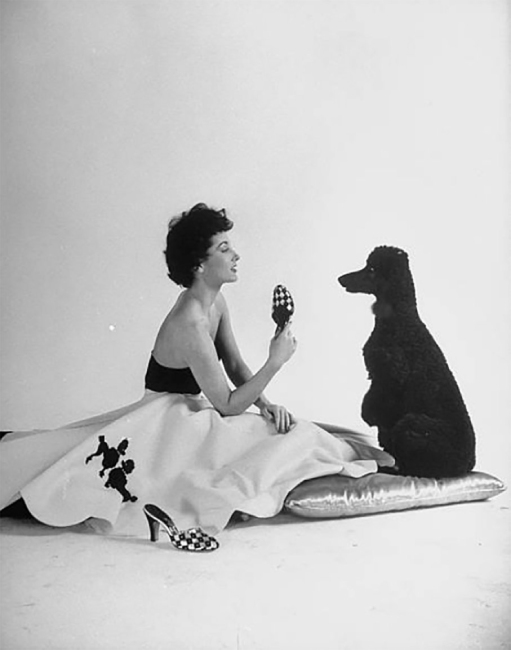
Nevertheless, it became quite common for women to wear trousers in the 50s fashion, which was shaped by femininity and formality. Women II. Even though they were expelled from the factories where they worked after World War II, it was a permanent turning point in the comfort styles they experienced.
Another of the cornerstones of the period was the cocktail dress. Worn for cocktail parties, these new dresses are somewhere between casual wear and evening wear; It was the length of daily dresses but the elegance of evening dresses. Off-the-shoulder tops were also introduced for the first time in this period to balance the wide skirts.
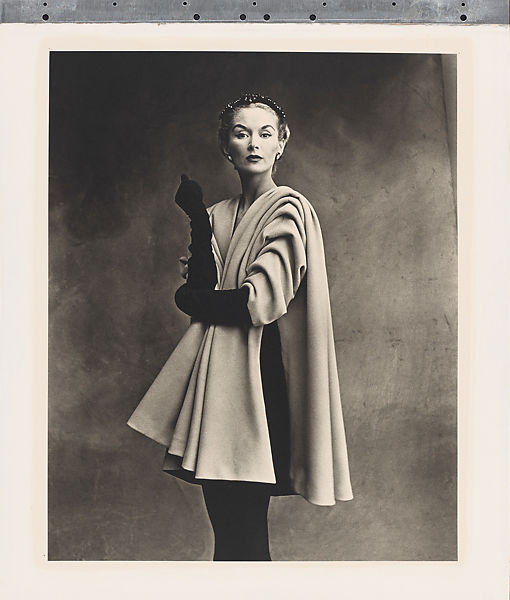
For ten years, it was extremely important for women to keep their eyes on them, no matter what time of day it was. What did that mean? Perfectly done hair meant sparkling makeup and matching accessories. The most important reason that triggered this perception was undoubtedly the magnificence of fashion photography of the period. II. It was also the meeting of an interest in luxury and fashionable things with an effort after the deprivation experienced during World War II.
Whether it was a couture piece or a ‘poodle skirt’, a woman would meticulously care for all her accessories to match her look. Closing the period was Chanel’s two-tone short heels, which became one of the signature pieces of the fashion house, breaking the norms and liberating women against the shoes that had been designed with one tone until then.
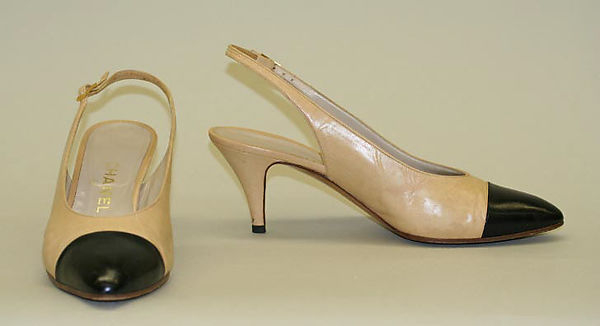
Popular Patterns of the 1950s
There was an explosion of patterns against the stark and unadorned colors of the previous decade. From stripes to flowers, patterns generally appeared on a white background.
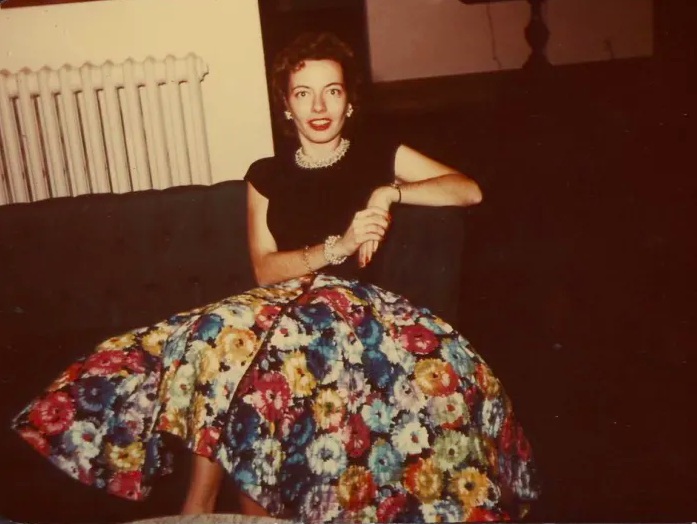
While floral patterns were combined with contrasting colors as much as possible, it was possible to see the stripes in any width, from wide horizontal black and white to thin dark blue.
Polka dots appeared in contrasting colors, such as red or dark blue on white.
Embroidery was often used on the ends of wide skirts.
Accessories of the 1950s
Gloves. A well-dressed woman would always wear gloves when leaving the house for elegant parties. Long, elbow-length opera gloves were the ideal complement to short-sleeved dresses or strapless dresses. Short gloves were used with suits or long sleeved pieces.
Hats. In addition to the wide-cut garden hats launched with the New Look, smaller hats were also indispensable at the time. The smaller the hats, the more likely lace veils would appear on them.
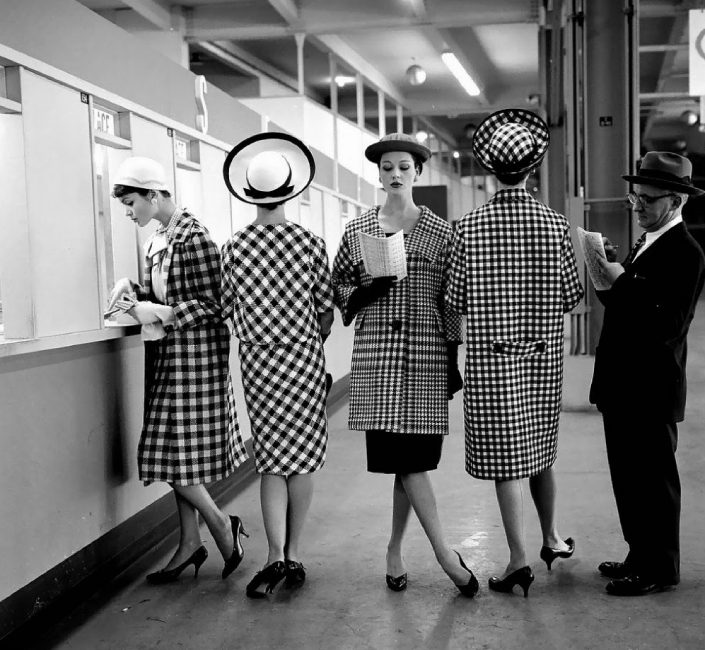
Sunglasses took their place as a fashion statement and colorful frames started to be preferred with new designs such as cat eyes.
The jewels were classic and unpretentious. The pearl, or artificial pearl, was the key element of the iconic necklaces of the 1950s fashion. Colorful beads were used for costume accessories. Thin watches were also one of the indispensables of women.
Although high heels with round toes are preferred for special occasions, women have started to prioritize comfort in their shoe choices. Espadrilles for the beach and vacation, tennis shoes at home or in the garden were the most popular models.
Style Icons of the 1950s
The iconic names of the fashion of the period were movie stars.
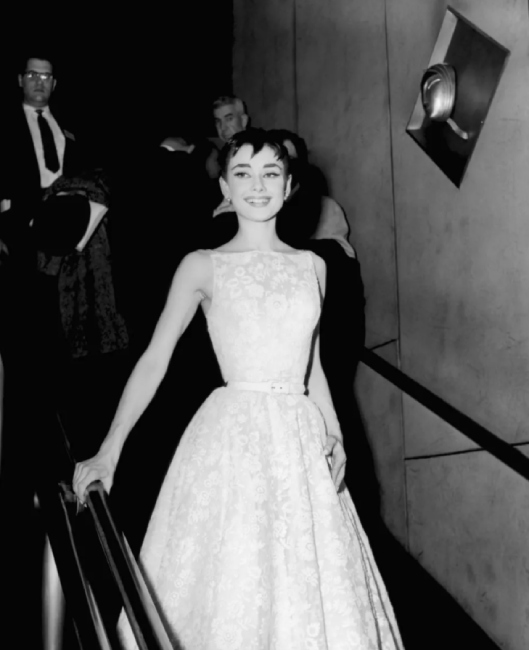
Audrey Hepburn, Givenchy’s muse, was a unique name with her youthful air. It was admirable that she carried the mature hourglass silhouette wonderfully with her slim body.
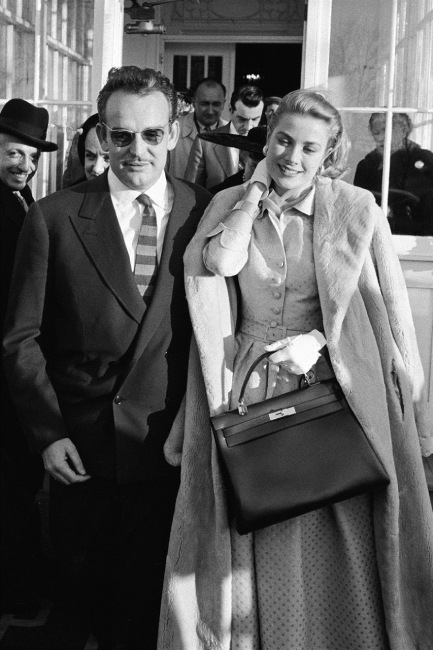
Grace Kelly, with her elegant yet natural style, was another source of inspiration. So much so that Hermés honored the bag model she used to hide her pregnant belly with her name.
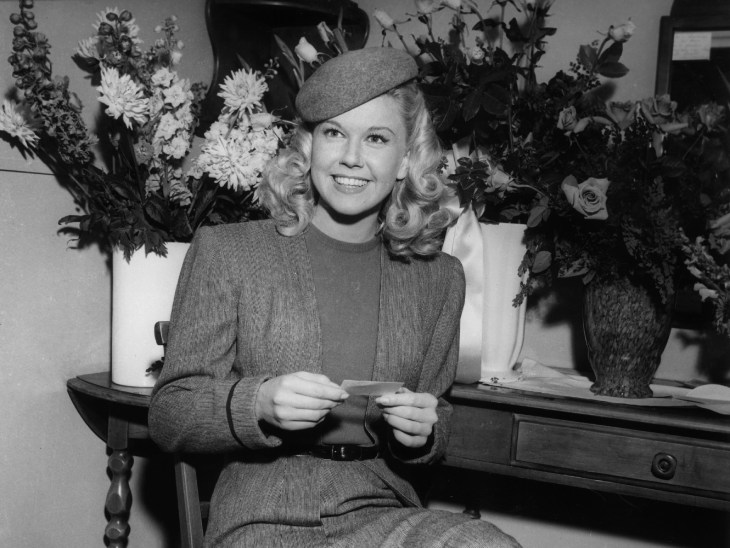
The wealthy, beautiful girl-next-door character also embodied the name Doris Day. He was featured in movies and magazines for his casual style, and his style became quite popular in the 50s.
Men’s Fashion
Although women’s fashion in the 1950s boasted formality, men’s fashion is more informal than ever before. Since the rise of the suit in the 18th century, men’s fashion has undergone minor dramatic changes; until stars like Teddy Boys in England and Marlon Brando and James Dean in America became iconic. Clearly, both styles were inspired by the working men rather than the elite.
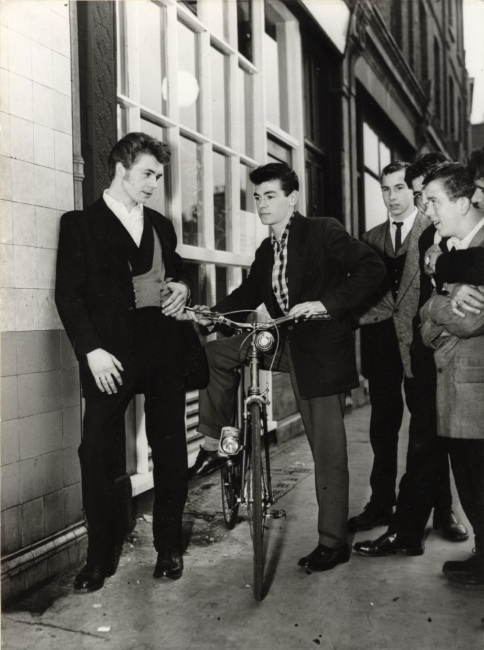
In the years following World War II, Savile Row tailors in London introduced slim-fit suits with a velvet collar, which they called “New Edwardian”. In the style named after Edward’s first name, Teddy, the trousers were as tight as possible, the jacket collar was velvet and the hair was combed back. This style, adopted by rebellious young working men, was a striking example of the transformation in the consumption habits of the new generation; because they had begun to adapt the relatively expensive clothes to their unique style.
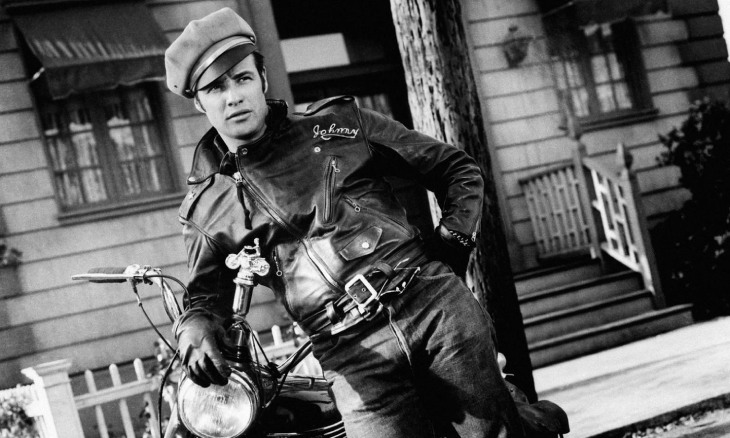
In America, another rebellion was pursued; Marlon Brando-esque jeans, a white T-shirt, and a leather jacket became the defining style.
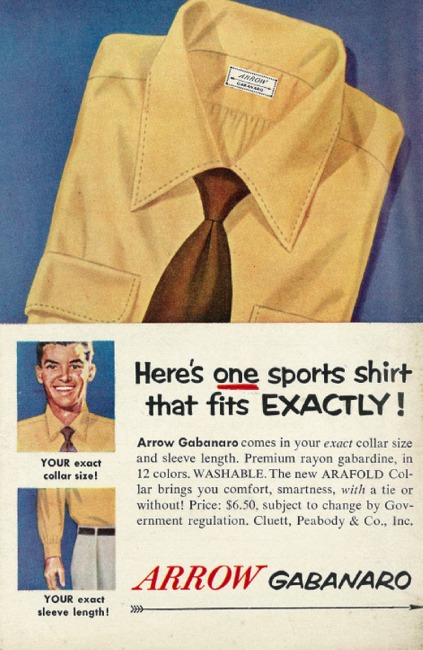
Although suits retained their large cuts, one of the biggest changes in men’s clothing was the inevitable rise of color among formal wear. Whether it was casual or formal, a yellow shirt or a tuxedo jacket other than black was extremely commonplace now.
Beatnik: Alternative Fashion
Beatnik was a term used in the 1950s for a group of intellectuals, artists, and poets. Like bohemians of other eras, beatniks stood against mass consumption and the conservative ideals of the day.
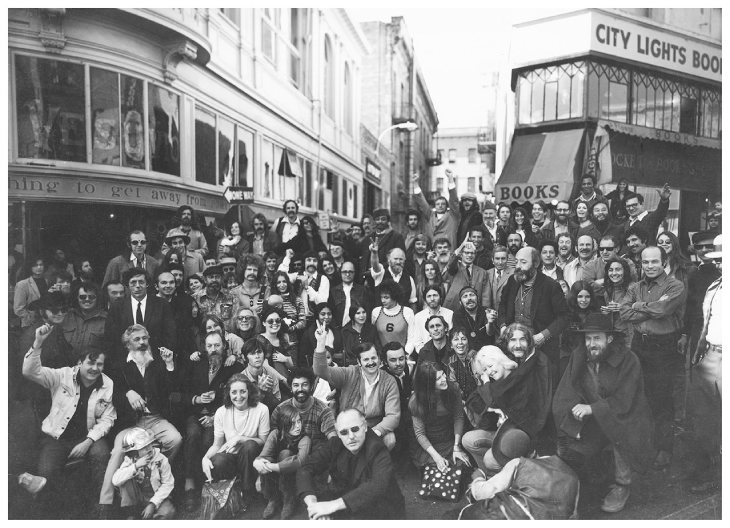
Female beatniks were rejecting fashion trends and leaving their hair long and natural. They did not use make-up. Unlike the bohemians—and later the hippies—who created their own historical styles and clothing concepts, beatniks wore modern outfits with a reckless demeanor.
They were also sometimes portrayed in the media as fun characters wearing black high-neck sweaters and playing bongos. For the best representation of this, you can see Audrey Hepburn’s movie – Funny Face.
Reflections of the 1950s in Today’s Fashion
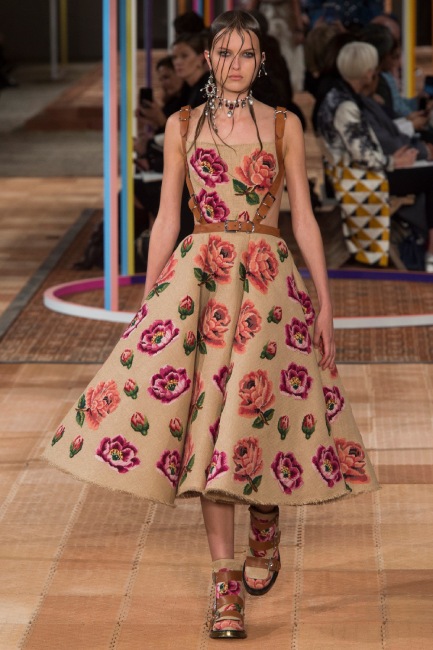
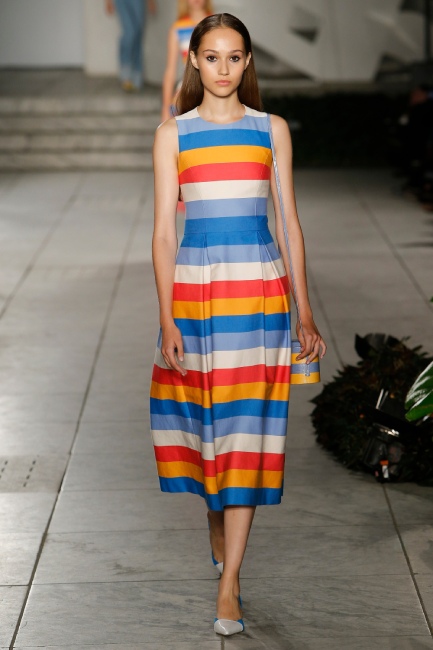
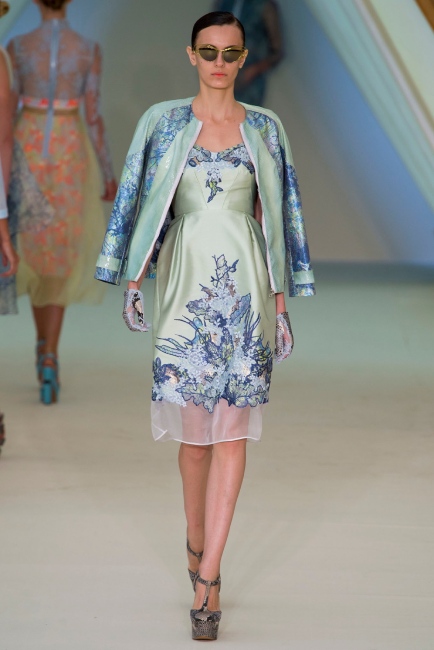
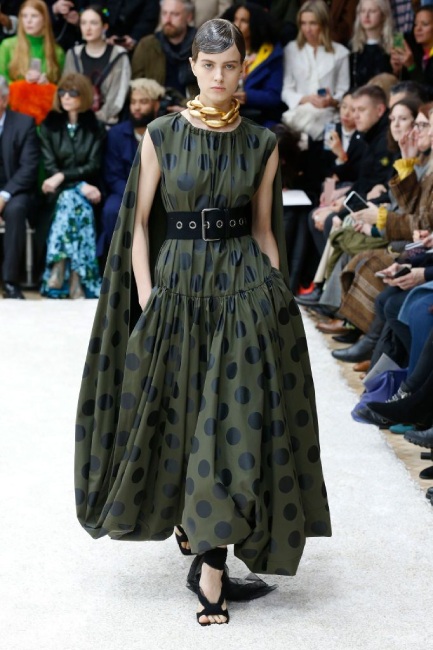
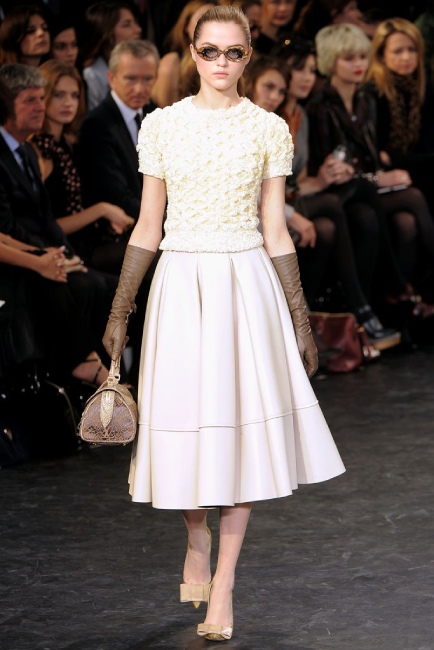
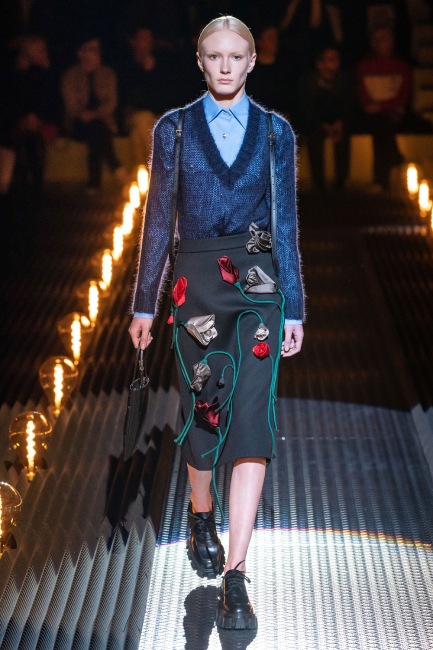
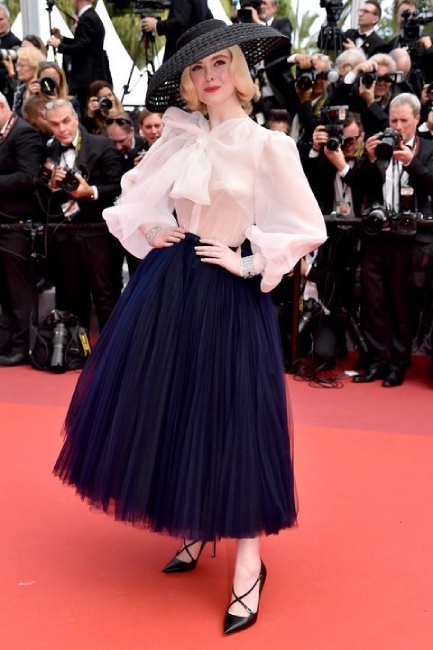
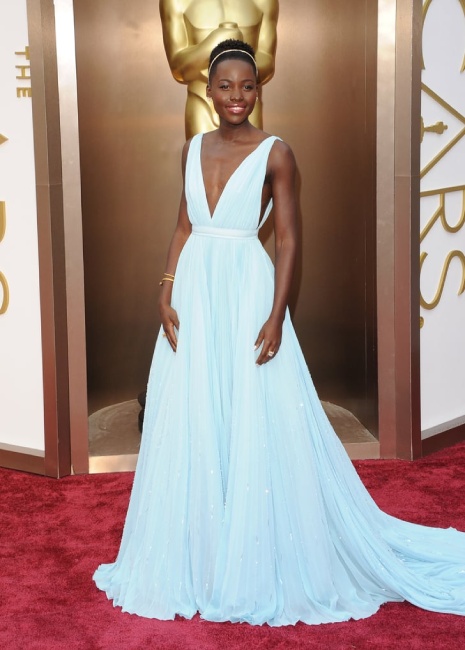
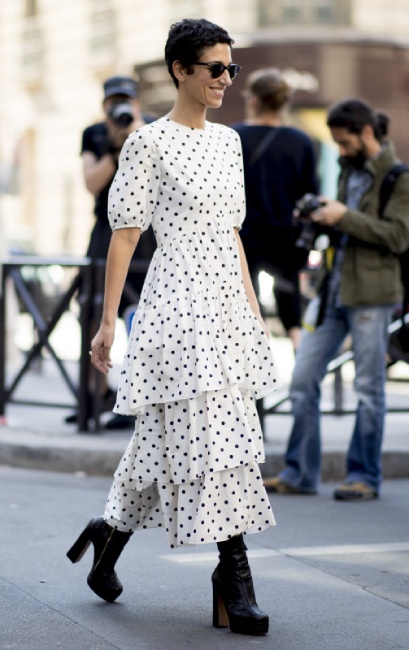
Other “Evolution of Fashion” articles
1990s Fashion w/Low Flying Attitudes
1980s Fashion w/Bigger Better
1970s Fashion, The Age of Polyester
1960s Fashion Influenced by Youth and Street
1940s Fashion – From Coveralls to New Look
The Golden Age of Splendor 1930s Fashion
1920s Fashion w/Flapper and Jazz
Introduction to the 20th Century Fashion
19th Century Fashion and Changing Silhouettes
18th Century Rococo Fashion
Renaissance Fashion and Rebirth
Medieval Fashion and Status Clothing
Authentic Clothing in the Ancient World

Leave a Reply